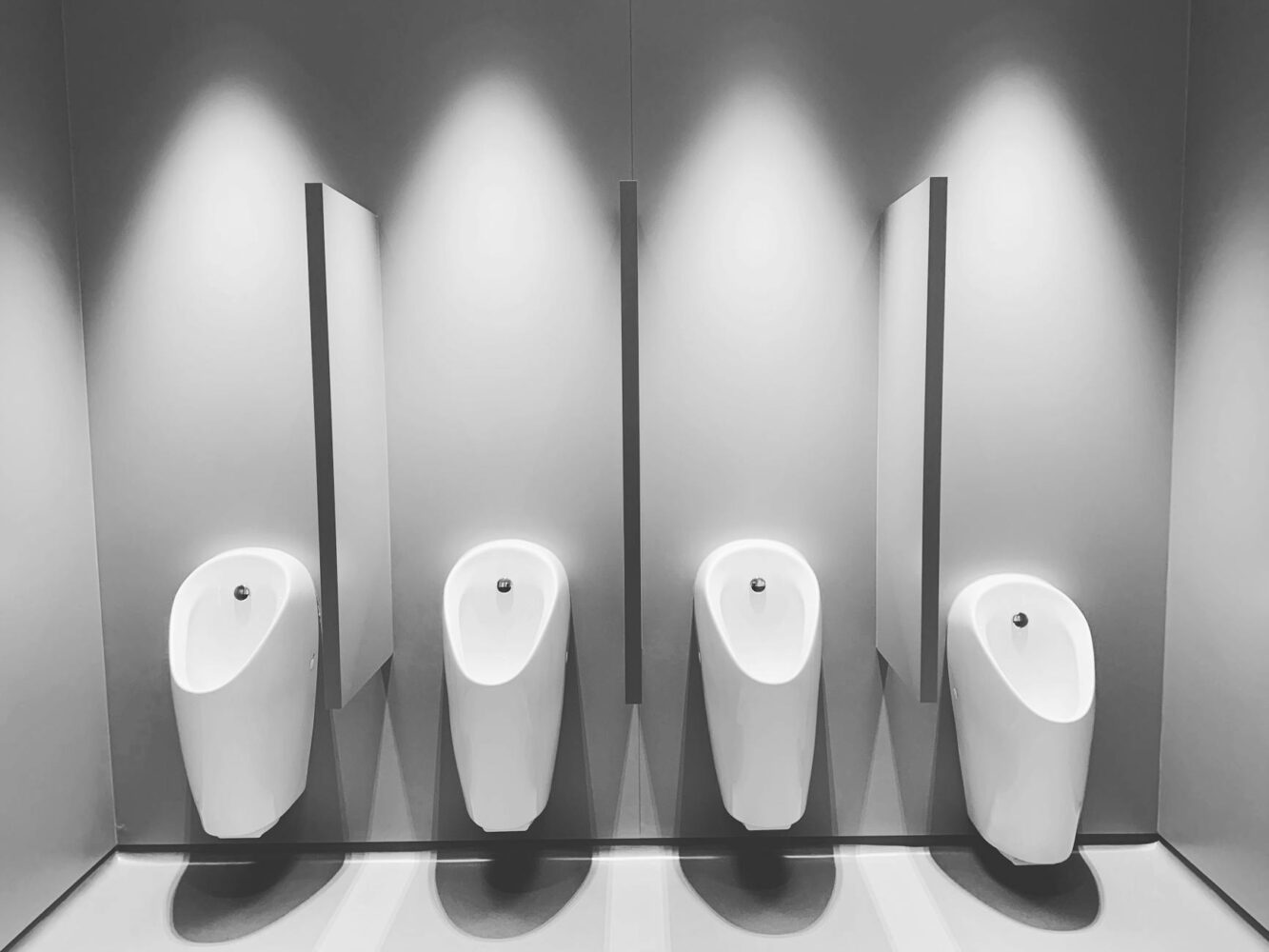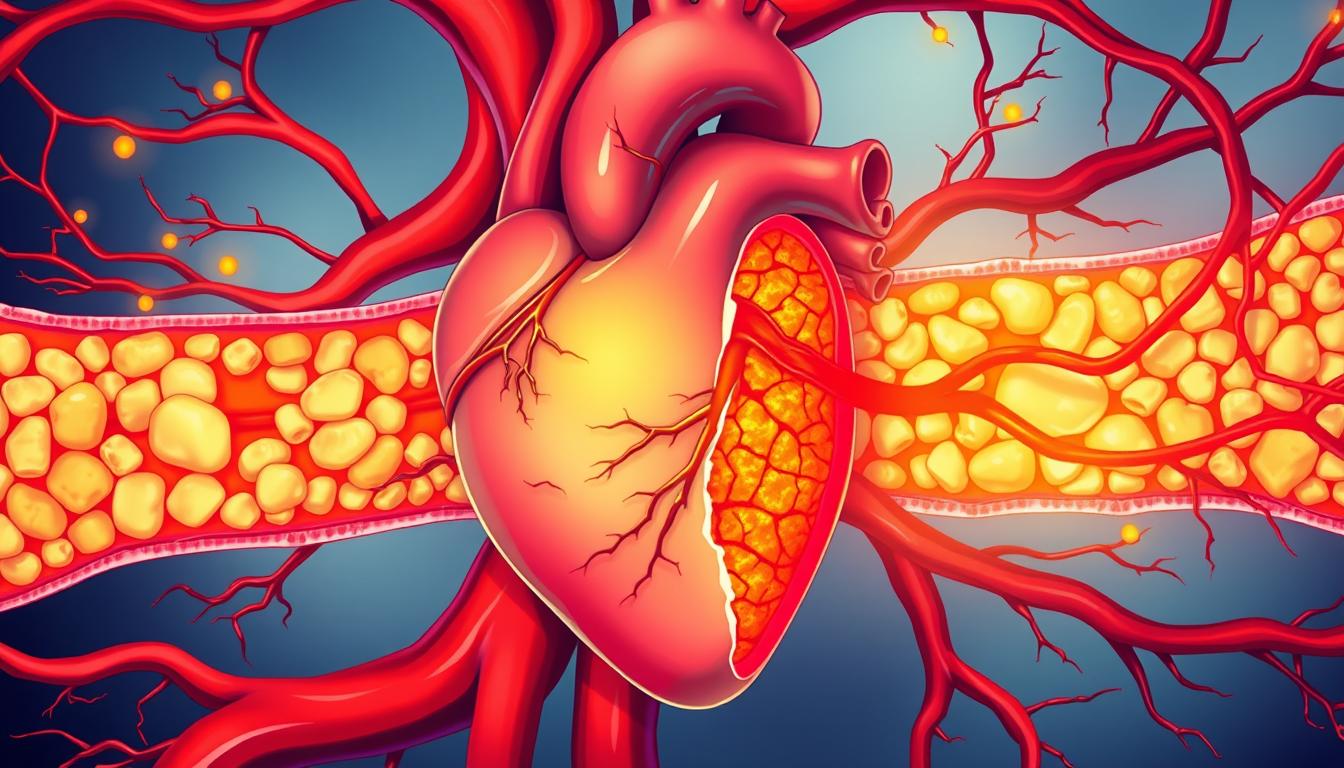Many women experience a puzzling pattern in their love lives, repeatedly drawn to charismatic men who ultimately aren’t good for them. Despite knowing these men are toxic, there’s a powerful attraction that’s hard to resist.
This pattern can lead to years of failed relationships and heartbreak. The truth is that you don’t actually attract the wrong men – you accept the wrong men. There’s an important distinction between being attracted to someone and choosing to pursue a relationship with them.
Understanding this distinction is key to breaking the cycle of unhealthy attraction. By recognizing the patterns behind your attraction to unavailable or incompatible men, you can begin to make conscious choices that lead to healthier, more fulfilling relationships.
Key Takeaways
- Recognize the difference between being attracted to someone and choosing to pursue a relationship.
- Understand why charismatic, alpha males can be magnetically attractive despite being unhealthy partners.
- Identify patterns behind your attraction to unavailable or incompatible men.
- Make conscious choices to lead to healthier, more fulfilling relationships.
- Break the cycle of unhealthy attraction by understanding your patterns.
The Pattern of Attraction: Why We Fall for the Wrong Men
The attraction pattern is a complex phenomenon that often leads us to the wrong men. Attraction is a fundamental aspect of human experience, driving us to form connections with others. However, when this attraction is misguided, it can lead to unhealthy relationships and emotional distress.
The Allure of Alpha Males and Charismatic Men
Alpha males and charismatic men often possess qualities that trigger strong attraction responses in women. These qualities include confidence, assertiveness, and social power, which can feel irresistible on a primal level. However, these same qualities can also be associated with negative traits such as narcissism and emotional unavailability.

Many people find themselves drawn to these men despite knowing they’re toxic, largely due to a powerful feeling of attraction or chemistry. This chemistry is often mistaken for compatibility, when in reality, it may be the subconscious recognizing familiar patterns from the past.
How Past Relationships Shape Your Current Choices
Our past relationships significantly influence who we’re attracted to now, often creating patterns that repeat unless we become conscious of them. The brain is wired to seek what’s familiar, even when those patterns have caused pain before. This explains why many women repeatedly choose similar types of men.
| Attractive Qualities | Potential Issues |
|---|---|
| Confidence, Assertiveness | Narcissism, Emotional Unavailability |
| Charisma, Social Power | Manipulation, Commitment Issues |
| Success, Handsomeness | Self-obsession, Workaholism |
Understanding the difference between healthy attraction and unhealthy fixation is crucial. Intense chemistry often masks fundamental incompatibilities that become problematic later. By recognizing these patterns and understanding how our past influences our choices, we can begin to break the cycle of attraction to the wrong men.
Are You Attracted To The Wrong Sort Of Man? Signs You’re Stuck in a Cycle
The cycle of being attracted to the wrong men is a common phenomenon that can be understood and broken with the right insights. When you’re insanely attracted to someone, you tend to ignore their bad qualities. You might find yourself making excuses for their behavior, waiting by the phone, walking on eggshells, or investing emotions in men who focus on their own needs.

Red Flags You Keep Ignoring
Recognizing you’re in a pattern of choosing the wrong men starts with acknowledging the red flags you consistently overlook or rationalize away. You may find yourself making the same excuses repeatedly: “He’s just busy,” “He’ll change when he realizes how much I love him,” or “This intensity means we have a special connection.” These justifications can become a habitual part of your relationship dynamics, making it harder to see the reality of the situation.
- Making excuses for their behavior is a sign that you’re ignoring red flags.
- The emotional highs and lows can feel like love, but they’re signs of an unhealthy attachment.
- If you feel anxious more than secure, it’s a clear sign you’re in an unhealthy cycle.
The Emotional Rollercoaster That Feels Like Love
The emotional rollercoaster of extreme highs followed by devastating lows is often mistaken for passion when it’s a sign of an unstable relationship. Many people become so accustomed to drama that they find stable, healthy relationships “boring” and may even try to create problems where none exist. Breaking this cycle requires honest self-reflection about what you’re experiencing versus what you’re hoping for or imagining could be.
If you’re constantly trying to figure out where you stand or if you’re walking on eggshells to avoid triggering his disapproval, these are clear signs you’re in an unhealthy cycle. It’s time to step back and assess the relationship dynamics.
The Truth About Attraction: You Don’t Attract, You Accept
The concept of attraction is often oversimplified, ignoring the role of personal acceptance in the process. When we say “you attract what you are,” it oversimplifies the complex dynamics of human relationships. The truth is, the problem isn’t that you’re attracting the wrong men – that’s just a myth. You don’t attract the wrong men; you accept the wrong men.
As Esther Perel once said, “The opposite of love is not hate, it’s indifference.” This quote highlights the importance of understanding our own desires and boundaries in relationships. When you’re dating a man who has been with you for years and never proposed, or someone who is verbally abusive, or has addiction issues, the problem is that you accepted this behavior.
Why “Chemistry” Isn’t Always a Good Thing
What feels like “chemistry” is often your subconscious recognizing familiar patterns, even unhealthy ones. This is why that electric connection isn’t always a positive sign. It’s essential to distinguish between initial attraction, which is often based on superficial or unhealthy factors, and genuine compatibility, which supports long-term happiness.
The Difference Between Attraction and Compatibility
True compatibility involves shared values, mutual respect, similar life goals, and complementary communication styles. These factors create lasting relationships but may not produce immediate fireworks. Learning to recognize the difference between attraction and compatibility is crucial for breaking negative patterns in your love life.
By understanding that you don’t attract, you accept, you can start making changes in your life. Developing stronger boundaries and a clearer understanding of what you truly need in a relationship is a step towards healthier relationship choices.
Understanding Your Attraction Patterns
Understanding your attraction patterns is crucial to breaking the cycle of unhealthy relationships. The people you are attracted to can reveal a lot about your inner self and past experiences. It’s a complex interplay of various factors, including your childhood experiences and your level of self-worth.
Your childhood experiences, particularly those with your parents or primary caregivers, play a significant role in shaping your attraction patterns. These early interactions create a blueprint for what you expect love to look and feel like in adulthood. Wounds from childhood, whether from neglect, criticism, or witnessing unhealthy relationships, can create unconscious patterns that you may seek to recreate or resolve through your romantic choices.
Childhood Wounds and Adult Relationships
When you have unhealed childhood wounds, you may find yourself drawn to men who reinforce familiar patterns, even if those patterns are unhealthy. This is because your past experiences have conditioned you to associate certain traits or behaviors with love or affection. For instance, if you experienced inconsistent care or emotional unavailability from your parents, you might be attracted to men who are emotionally unavailable or inconsistent in their affection.
Understanding these patterns requires honest self-reflection about your family history and past relationships. By examining the common themes across your relationship experiences, you can begin to identify the underlying factors driving your attraction patterns.
The Role of Self-Worth
Your level of self-worth directly influences the type of treatment you believe you deserve and will accept from your partners. If you have low self-worth, you may be more likely to accept poor treatment or stay in relationships that are unhealthy or unfulfilling. On the other hand, having a healthy sense of self-worth can guide you towards making healthier choices in your life and relationships.
By gaining a deeper understanding of your attraction patterns and the factors that influence them, you can begin to make more informed choices in your relationships. This understanding is the first step towards breaking the cycle of unhealthy attraction patterns and moving towards a more fulfilling relationship in the future.
Breaking the Cycle: Steps to Healthier Relationship Choices
If you’re tired of attracting the wrong men, it’s time to examine your past and present relationship choices. The journey to healthier relationships begins with understanding the factors that influence your attraction patterns. By acknowledging and addressing these factors, you can break the cycle of attracting men who are not good for you.
Healing Your Past to Change Your Future
Healing your past wounds is a crucial step towards making healthier relationship choices. This involves facing uncomfortable truths about your childhood, previous relationships, and the beliefs you’ve formed about love and partnership. Working with a therapist, coach, or counselor who specializes in relationship patterns can provide you with the guidance and support needed during this healing process. By doing so, you’ll be able to identify and change the patterns that have led you to attract the wrong men in the past.
For instance, if you grew up in an environment where love was conditional, you might be drawn to partners who exhibit similar behaviors. Recognizing these patterns is the first step towards healing. You can start by reading relevant books, attending workshops, or seeking professional help from a relationship coach or therapist.
Setting Boundaries and Recognizing True Value
Learning to set and maintain healthy boundaries is essential for any successful relationship. This means clearly defining what treatment you will and won’t accept from your partners. By doing so, you’ll be able to filter out individuals who don’t respect your boundaries, thereby reducing the likelihood of attracting the wrong men.
Developing a strong sense of self-worth is also vital. When you value yourself, you’re more likely to attract someone who values you too. Practice recognizing red flags early and take them seriously instead of making excuses or hoping they’ll change over time. Surround yourself with healthy relationships that model the kind of partnership you want to create.
- Acknowledge the pattern of attracting wrong men and take responsibility for your part in it.
- Heal past wounds by facing uncomfortable truths about your childhood and previous relationships.
- Work with a professional to guide you through the healing process.
- Set and maintain healthy boundaries to filter out unsuitable partners.
- Develop a strong sense of self-worth to attract someone who values you.
By following these steps, you’ll be well on your way to breaking the cycle of attracting the wrong men and cultivating healthier, more fulfilling relationships in the future.
Embracing a New Relationship Mindset
Embracing personal growth is key to transforming your love life. As Jim Rohn once said, “The greatest gift you can give somebody is your personal development.” This mindset shift involves focusing on becoming a healthier, more self-aware individual, which in turn attracts healthier partners. It’s about recognizing that you manifest who you are, not what you want, and understanding that the quality of the partner you attract reflects your emotional health.
By letting go of the fantasy that the right person will fix all your problems, you can begin to build a more fulfilling relationship. Healthy relationships involve two whole people choosing to share their lives. Practice self-compassion throughout this journey, celebrating your progress and acknowledging that each step toward greater self-awareness is a step toward the loving relationship you desire.













